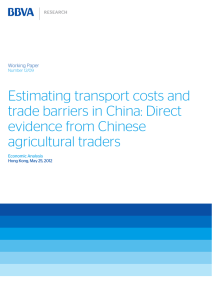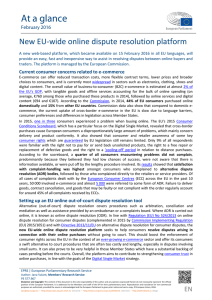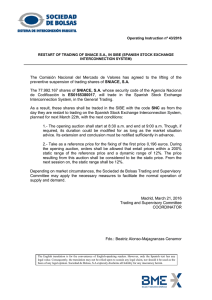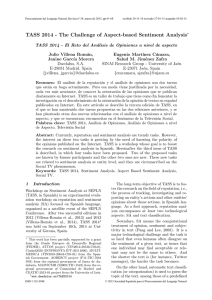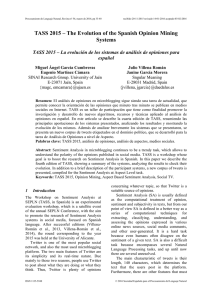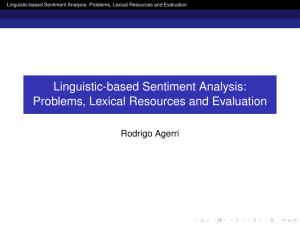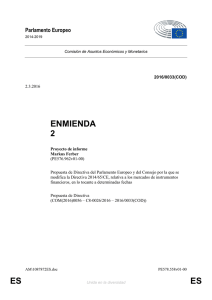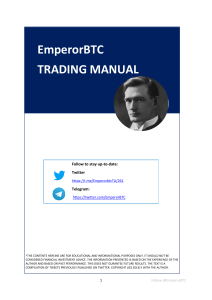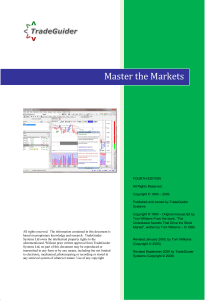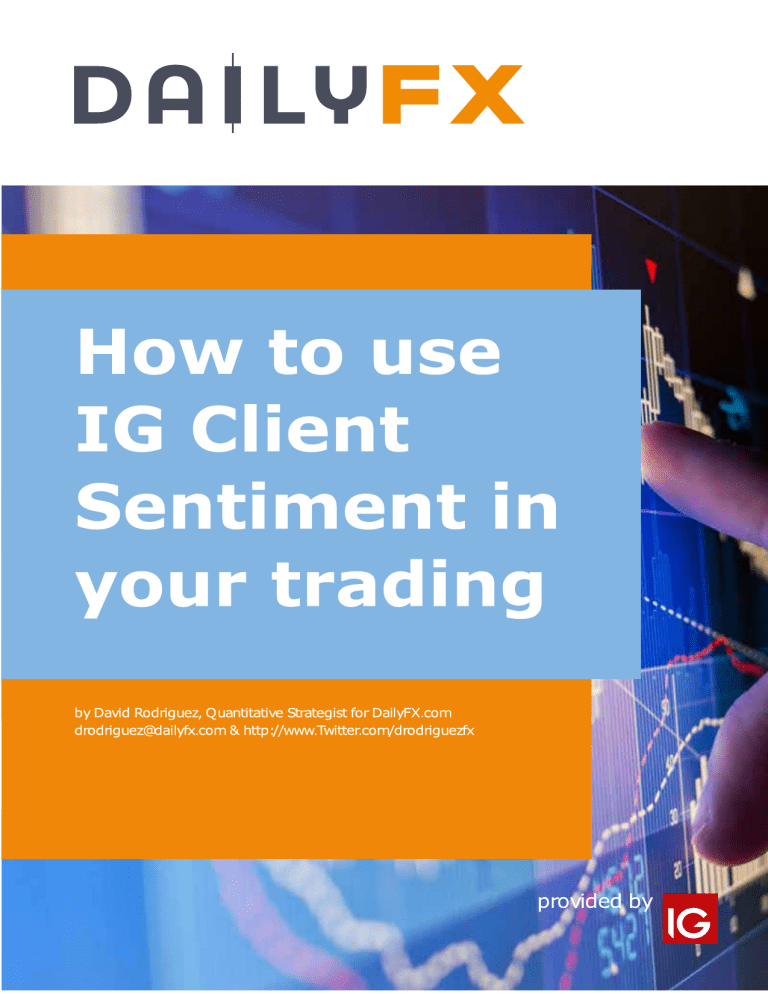
by David Rodriguez and Ilya Spivak, Senior Strategists for DailyFX.com drodriguez@dailyfx.com & https://www.Twitter.com/DRodriguezFX ispivak@dailyfx.com & https://www.Twitter.com/IlyaSpivak How to use IG Client Sentiment in your trading by David Rodriguez and Ilya Spivak, Senior Strategists for DailyFX.com Hello traders and welcome to our guide on IG Client Sentiment—an excellent tool to gauge trader positioning and sentiment in the FX market. Traders commonly use two tools to help them work towards these goals: fundamental analysis, which is the study of economic and geopolitical trends, or technical analysis, which is the study of price action through charts. Often they use a mixture of both techniques. There is nonetheless another tool which could add considerable value to trading decisions: market sentiment. And with the IG Client Sentiment indicator we have a virtually-unparalleled view of trader emotion across key markets. What is the IG Client Sentiment Index? We use real trading data from IG, the world’s number one spread betting and CFD provider1, to show trader sentiment across key markets. If you’re trading on the stock or futures markets, which are centralized, data on market sentiment is relatively easy to get – from tools such as the ‘commitment of traders report’, ‘odd lot theory’ or the ‘put-to-call ratio’. But these reports are most often on a delay, may require expensive licensing fees, and/or give an uneven view of how the majority of traders are actually positioned in a given market. IG’s Client Sentiment data helps fill this gap, and you can access to data in real-time on DailyFX.com and via our clientexclusive site, DailyFX PLUS. How might we use this data in our trading? 1 Based on number of active UK financial spread betting accounts (Investment Trends UK Leveraged Trading Report October 2016) and on CFD revenue excluding FX (published financial statements, October 2016). Trading with the IG Client Sentiment Index The first key to using the IG Client Sentiment Index data is that we most often use it as a contrarian indicator to price action: if most traders are long, we prefer to be short and vice versa. This may seem counterintuitive given that we are looking at real trader positioning. Yet we need to remember that we are looking at sentiment and not total market positioning. In the IG Client Sentiment index, it does not matter whether a specific trader holds 10 lots or 10,000; we count them as either “long” or “short” regardless. It is also critical to explain how ‘the crowd’ tends to trade and what it can tell us about price action. Most CFD and spread bet traders tend to fade momentum – selling in an upward-trending market and buying into a downward-trending market. It’s human nature to try and look for relative bargains, and thus we might look at a market which has fallen sharply in value and buy. It is natural to expect price will return to a ‘normal’ level. Likewise we often look to sell into a market where price has risen, and quickly we see why most traders tend to go against the prevailing trend. In perfectly range-bound/low-volatility market conditions this makes sense: we buy low and sell high and consistently profit. This nonetheless becomes a problem when markets embark on extended trends, and we can see clear evidence of this via trader sentiment data. See what happened with the British Pound/US Dollar exchange rate in the chart below: GBP/USD enters a strong downtrend Traders buy aggressively and remain long The GBPUSD entered a strong downtrend through late 2016 and traded substantially lower, and most of the GBPUSD traders in our sample bought into these declines and thus remained net-long. In fact, our sample turned net-long on September 15, 2016 when the GBPUSD traded near $1.3200; it remained net-long until it traded to $1.2600 on December 2, 2016. We need to emphasize that past performance is not indicative of future results, but going against ‘the crowd’ in this instance could have produced approximately 600 points in gains. Reading the Chart and Interpret the IG Client Sentiment Index When you visit DailyFX.com you will see a number of charts and statistics on the IG Client Sentiment Index, and they will take two forms. First is the one in the preceding example: In the top of our chart we see a FTSE 100 price chart overlaid with our sentiment data. The candlestick chart displays price data in a familiar format. Note that the scale for the price index on our Client Sentiment charts will always be on the left: Next is the sentiment overlay on the same chart, but this time we display two new tools: the Percentage of Traders Net-Long the FTSE 100 and the Percentage of Traders Net-Short. Here our scale for sentiment is always on the right. The blue area represents the Percentage of Traders Net-Long the FTSE 100, while the red area represents the Percentage of Traders Net-Short. When the traders net-long outnumber those short the centre line is a thick blue, and if traders net-short outnumber longs the line is red. In this way, we can see at a glance whether most are long or short. Finally, the bottom chart shows us the actual Number of Traders Net-Long and those Net-Short—giving us a clear picture on whether traders are actively buying and selling at any given moment. The direct overlay of client sentiment onto price data allows the trader to track both in tandem. And indeed by studying these charts it is easy to see how market prices and sentiment are most often quite correlated. We also display client sentiment across a broad range of markets in a simple summary table: Users can find this table in daily updates on DailyFX PLUS as well as via our DailyFX Real-Time News page. Reading it is straightforward: the top section shows the current percent of traders long/short per-market while the bottom shows key changes. We’ll note that there are three percentage markers different to the others in the above chart—at 33.3%, 50%, and 66.6%. At 33.3% Percentage Long, there are two traders short for every one long. At 66.6% there are two traders long for every short. The 50% mark shows at which point the majority of traders is either net-long or net-short. In this particular example, we can likewise immediately see the two most extreme sentiment readings: traders are heavily net-long Spot Silver as nearly 90% of traders are long, while traders are heavily net-short EURGBP with nearly 80% of traders short. The subplot helps us understand why this is the case as it shows Daily and Weekly changes in traders long and short: Above we see that the total number of traders net-long EURGBP has fallen nearly 50 percent on a week-over-week basis, and the number of traders short has risen approximately 20 percent. Seeing this might encourage us to take a closer look at the EURGBP, and indeed we see the pair in an extended uptrend with heavily one-sided sentiment: Might we take the opposite side of the market and go long the EURGBP in this instance? A word of caution: sentiment indicators are not timing indicators. In the above example our sentiment indicator shows that traders are overwhelmingly short the EURGBP, but this does not mean we should simply buy. Instead we can look at the IG Client Sentiment index as giving us a directional bias – it suggests whether you should look for opportunities to buy or to sell. In our next guide we will take a closer look at more detailed examples of how we might use the IG Client Sentiment index in our trading. Disclaimer High Risk Investment Trading foreign exchange on margin carries a high level of risk, and may not be suitable for all investors. The high degree of leverage can work against you as well as for you. Before deciding to trade foreign exchange you should carefully consider your investment objectives, level of experience, and risk appetite. The possibility exists that you could sustain losses in excess of your initial investment. You should be aware of all the risks associated with foreign exchange trading, and seek advice from an independent financial advisor if you have any doubts. DailyFX Market Opinions Any opinions, news, research, analyses, prices, or other information contained in this report is provided as general market commentary, and does not constitute investment advice. DailyFX will not accept liability for any loss or damage, including without limitation to, any loss of profit, which may arise directly or indirectly from use of or reliance on such information. Accuracy of Information The content in this report is subject to change at any time without notice, and is provided for the sole purpose of assisting traders to make independent investment decisions. DailyFX has taken reasonable measures to ensure the accuracy of the information in the report, however, does not guarantee its accuracy, and will not accept liability for any loss or damage which may arise directly or indirectly from the content or your inability to access the website, for any delay in or failure of the transmission or the receipt of any instruction or notifications sent through this website. Distribution This report is not intended for distribution, or use by, any person in any country where such distribution or use would be contrary to local law or regulation. None of the services or investments referred to in this report are available to persons residing in any country where the provision of such services or investments would be contrary to local law or regulation. It is the responsibility of visitors to this website to ascertain the terms of and comply with any local law or regulation to which they are subject. Past Performance Past performance is not indicative of future results.
